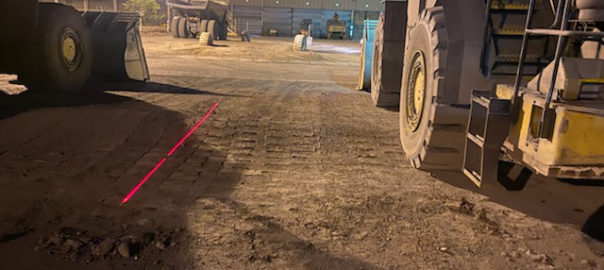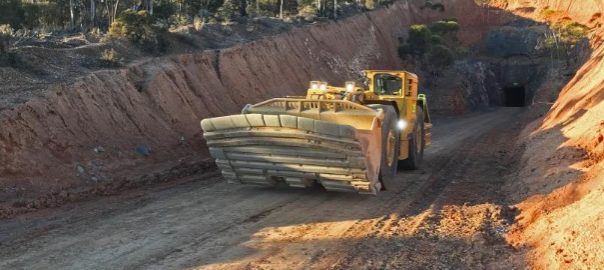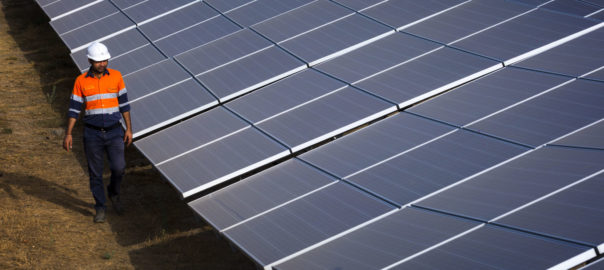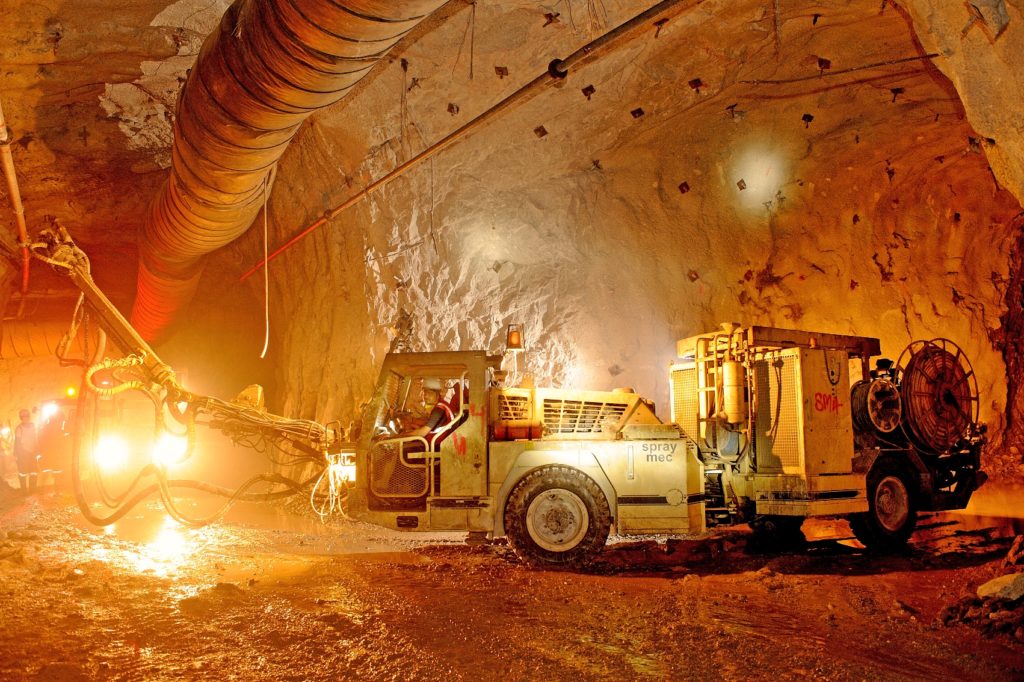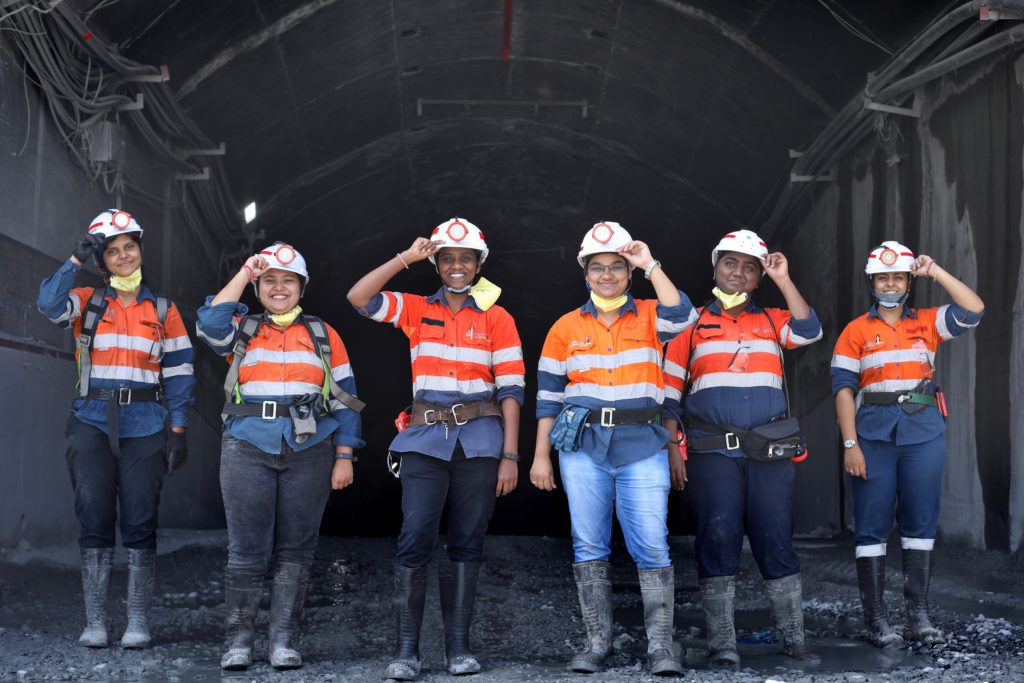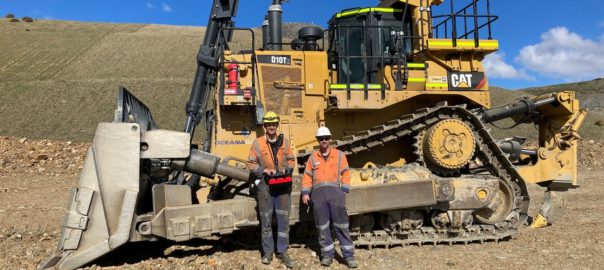Smelter staff and heavy equipment operators are benefitting from RCT’s deployment of machine-mounted safety lighting solutions at a major smelting operation in Queensland, Australia, according to the technology company.
RCT’s Mt Isa team worked in partnership with mine site managers to develop the solution as part of the company’s initiatives to safeguard operations inside the copper smelter dome.
The resulting Halo Exclusion Zone Safety Lighting System consists of beams of red light projected on the ground around a Cat 988K Wheel Loader, which packs copper concentrate into hoppers within the smelting dome, the company explained.
The lighting is positioned on three sides of the wheel loader so that pedestrian traffic inside the dome will be visually alerted to the machine’s presence and move to a safe area.
RCT’s team selected this lighting system over other commercially available solutions as it can be clearly seen through the dusty environment within the smelting dome.
RCT Mt Isa Branch Manager, Danny Ballard, said the client is very happy with the result of the project.
“Our client came to us with a very specific request that would enhance safety for their staff on site and I am pleased that our team were able to find a solution and quickly support the team on site,” he said.
“I am confident that the lighting system will warn pedestrians and the machine operator of potential safety hazards and prompt them to take corrective actions immediately so that everyone goes home safe at the end of each shift.
“This solution represents RCT Mt Isa’s latest work in a long line of successful projects for this mining operation and we look forward to further supporting them into the future.”







